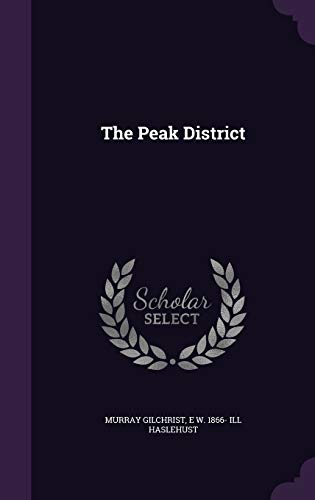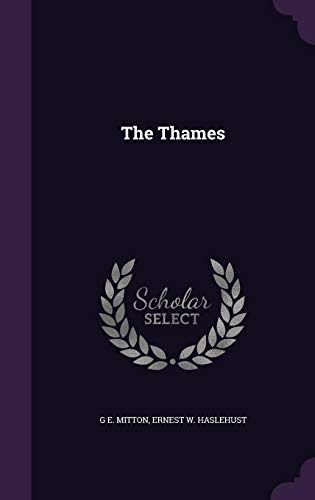
Part of Series
This work has been selected by scholars as being culturally important, and is part of the knowledge base of civilization as we know it. This work was reproduced from the original artifact, and remains as true to the original work as possible. Therefore, you will see the original copyright references, library stamps (as most of these works have been housed in our most important libraries around the world), and other notations in the work. This work is in the public domain in the United States of America, and possibly other nations. Within the United States, you may freely copy and distribute this work, as no entity (individual or corporate) has a copyright on the body of the work. As a reproduction of a historical artifact, this work may contain missing or blurred pages, poor pictures, errant marks, etc. Scholars believe, and we concur, that this work is important enough to be preserved, reproduced, and made generally available to the public. We appreciate your support of the preservation process, and thank you for being an important part of keeping this knowledge alive and relevant.
Authors

Robert Murray Gilchrist was born in Sheffield, England in 1867. He never married and throughout his life lived mostly in remote places, including the North Derbyshire village of Holmesfield and a remote part of the Peak District. He began his writing career in 1890 with a novel, Passion the Plaything, and would go on to publish a total of 22 novels, six story collections, four regional interest books, and a play. His stories appeared in many popular periodicals of that era, including The Temple Bar and the decadent journal The Yellow Book. Not much is known about Gilchrist’s personal life, but he is known to have lived for a time with a male companion, and given that Gilchrist never married and sometimes featured homoerotic themes in his work, as in the story ‘My Friend’, it is possible he was homosexual. Though well known today to connoisseurs of weird and Decadent fiction, Gilchrist’s story collection The Stone Dragon and Other Tragic Romances was generally poorly received by critics on its initial appearance in 1894, and following the book’s failure, Gilchrist chose to write in other genres. It was not until Hugh Lamb began anthologizing some of Gilchrist’s work in the 1970s that he began to be rediscovered. Now he is ranked by many alongside other fin de siècle practitioners of weird fiction, including Vernon Lee, Arthur Machen, and Eric Stenbock and The Stone Dragon is a volume highly sought-after by collectors. During World War I, Gilchrist was noted for his charitable assistance to Belgian refugees, many of whom attended his funeral after his death in 1917. -Valancourt Books


